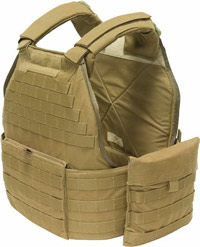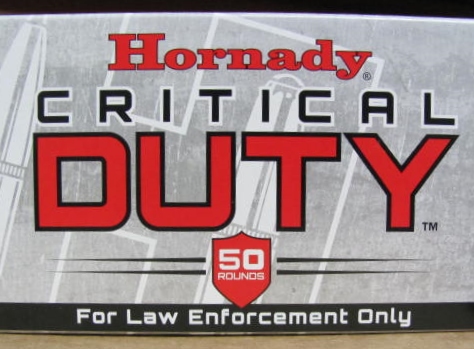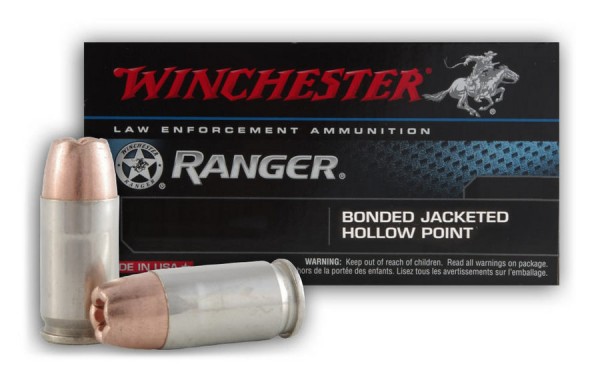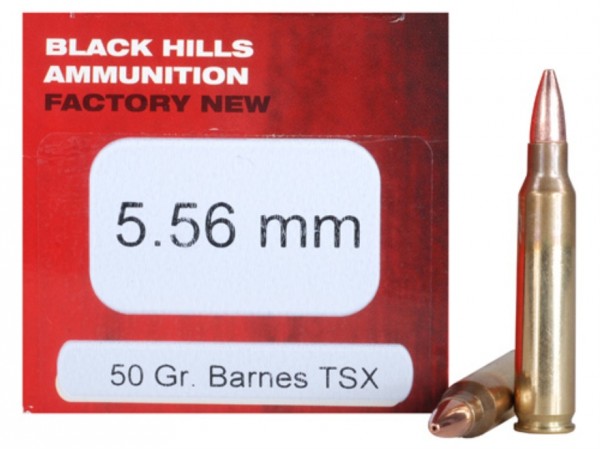
I recently learned (hat tip, Claude Werner, The Tactical Professor, his blog is HERE) that in the firearms and self-defense training community, there is a four-to-five year publishing cycle for the rehashing of subject matter. I authored a post which included a discussion of “warning shots” back in 2014 — HERE. So, I now unabashedly revisit the subject. But, I plead not guilty to the pardonable sin of rehashing — I actually do have fresh thoughts/material on the subject.
Prior MSW post takeaway: “Except (perhaps) in the retaking of escaping prisoners, to fend off a dangerous “protected” species threatening at distance, or certain maritime encounters, a warning shot is so universally frowned upon it likely cannot be “justified” to a prosecutor, judge, and jury. But, Bob Dylan might just be correct, the times they are (maybe) a-changin’. For better or worse, see how a recent Florida “warning” shot incident is described here. [Link expired]. Here’s another, a New Hampshire no prosecution report on a self-defense shooting. The report favorably notes that a warning shot was first taken.”




















